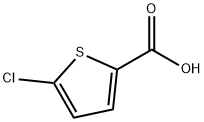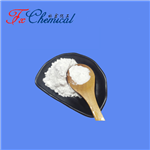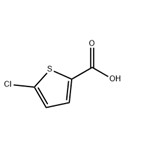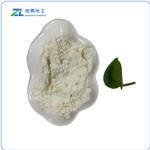Synthesis
The compound 5-chlorothiophene-2-carboxylic acid is a crucial intermediate in the synthesis of rivaroxaban. Due to its significance, numerous researchers have investigated various methods of synthesizing it. The synthesis of this compound involves the utilization of different starting materials, namely, 2-chlorothiophene, 2-chloro-5-bromothiophene, and 5-chloro-2-acetylthiophene, depending on the specific approach employed.
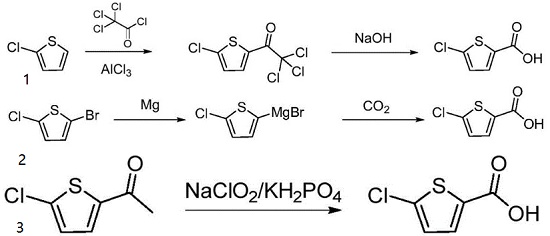
1. This method takes 2-chlorothiophene as an initial raw material, carrying out Friedel-crafts acylation with trichloroacetyl chloride under the action of aluminum trichloride to generate 2-trichloroacetyl-5-chlorothiophene, and then carrying out liquid alkali hydrolysis to obtain a target product.
2. This method reacts 5-chloro-2-bromothiophene with magnesium to generate a Grignard reagent, introducing carbon dioxide for inserting carbonyl and performing acid-base treatment to obtain a product.
3. 5-chloro-2-acetylthiophene is used as a raw material and is oxidized by sodium chlorite and potassium dihydrogen phosphate system to obtain a target compound.
References
[1] Kalaiyar Swarnalatha, Ramasamy Subramanian, Subramaniam Kamalesu . “Mono and binuclear ruthenium(II) complexes containing 5-chlorothiophene-2-carboxylic acid ligands: Spectroscopic analysis and computational studies.” Journal of Molecular Structure 1123 (2016): Pages 416-425.
